Introduction to Arduino
Arduino is a convenient, flexible, and easy-to-use open-source electronic prototyping platform. It includes hardware (various models of Arduino boards) and software (Arduino IDE). It was developed by a European team in the winter of 2005, consisting of Massimo Banzi, David Cuartielles, Tom Igoe, Gianluca Martino, David Mellis, and Nicholas Zambetti.
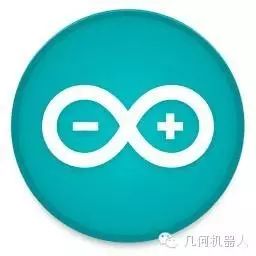
Figure 1—Arduino LOGO
It is built on an open-source simple I/O interface board and has a development environment similar to Java and C languages called Processing/Wiring. It mainly consists of two parts: the hardware part is the Arduino circuit board for circuit connections, and the other is the Arduino IDE, the programming environment on your computer. You just need to write the program code in the IDE, upload it to the Arduino circuit board, and the program will tell the Arduino circuit board what to do.
Arduino can perceive the environment through various sensors and can control lights, motors, and other devices to respond to and influence the environment. The microcontroller on the board can have programs written in Arduino’s programming language, compiled into binary files, and burned into the microcontroller. Programming for Arduino is done using the Arduino programming language (based on Wiring) and the Arduino development environment (based on Processing). Projects based on Arduino can consist solely of Arduino or include Arduino and other software running on a PC, communicating with each other (like Flash, Processing, MaxMSP) to achieve functionality.
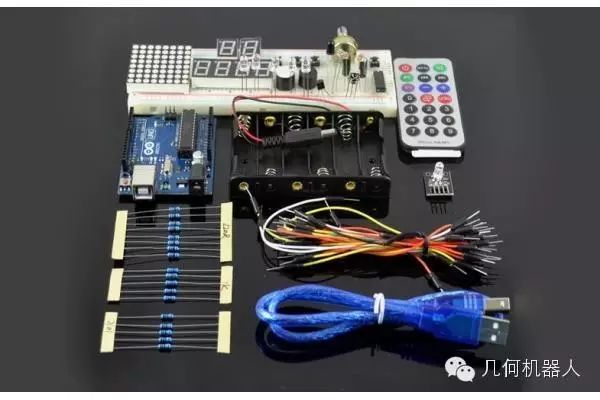
Figure 2—Arduino and its peripheral kits
Development History of Arduino
Massimo Banzi was previously a teacher at a high-tech design school in Ivrea, Italy. His students often complained about the difficulty of finding affordable and easy-to-use microcontrollers. In the winter of 2005, Massimo Banzi discussed this issue with David Cuartielles, a Spanish chip engineer who was then a visiting scholar at the school. They decided to design their own circuit board and brought in Banzi’s student David Mellis to design the programming language for the circuit board. Two days later, David Mellis wrote the code. Three days later, the circuit board was completed. Massimo Banzi liked to go to a bar called di Re Arduino, named after the Italian king Arduin from a thousand years ago. To commemorate this place, he named the circuit board Arduino.
Subsequently, Banzi, Cuartielles, and Mellis put the design drawings online. Copyright law can regulate open-source software but is difficult to apply to hardware. To maintain the open-source design philosophy, they decided to use Creative Commons (CC) licensing to publicly release the hardware design drawings. Under this license, anyone can produce copies of the circuit board and even redesign and sell copies of the original design. People do not need to pay any fees or obtain permission from the Arduino team. However, if they redistribute the referenced design, they must acknowledge the original Arduino team’s contributions. If the circuit board is modified, the latest design must use the same or similar Creative Commons (CC) licensing to ensure that the new version of the Arduino circuit board remains free and open. The only thing retained is the name Arduino, which is registered as a trademark and cannot be used without official authorization.
As of now, Arduino has developed various models and numerous derivative controllers.
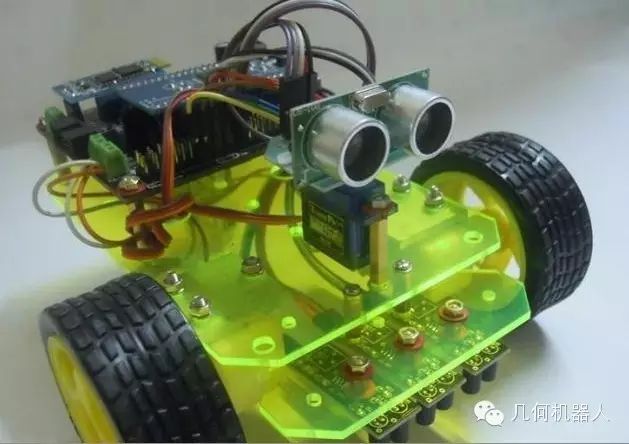
Figure 3—Smart car based on Arduino
Features of Arduino
1. Cross-Platform
The Arduino IDE can run on the three major operating systems: Windows, Macintosh OS X, and Linux, while most other controllers can only be developed on Windows.
2. Simple and Clear
The Arduino IDE is developed based on the Processing IDE. It is very easy for beginners to grasp while providing sufficient flexibility. The Arduino language is developed based on the Wiring language and is a second-level encapsulation of the AVRGCC library, requiring little knowledge of microcontrollers or programming. After a simple learning process, you can quickly develop.
3. Open Source
The hardware schematics, circuit diagrams, IDE software, and core library files of Arduino are all open-source, allowing for modifications of the original designs and corresponding codes within the open-source protocol.
4. Rapid Development
Arduino is not only the world’s most popular open-source hardware but also an excellent hardware development platform and a trend in hardware development. The simple development approach of Arduino allows developers to focus more on creativity and implementation, completing their project development faster, significantly reducing learning costs and shortening development cycles.
Due to various advantages of Arduino, more and more professional hardware developers have started to use Arduino to develop their projects and products; more software developers are using Arduino to enter hardware and IoT development fields; universities are also offering Arduino-related courses in automation, software, and even art majors.
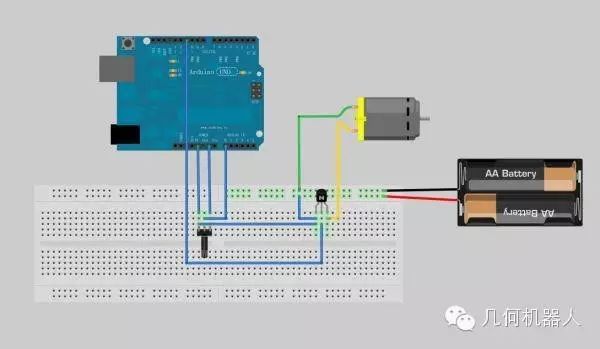
Figure 4—Arduino hardware circuit design
Arduino Product Series
1. Main Control Boards
There are many models of Arduino main control boards, such as Arduino Uno, Arduino Nano, Arduino LilyPad, Arduino Mega 2560, Arduino Ethernet, Arduino Due, and Arduino Leonardo.
2. Expansion Boards
Arduino has many expansion boards, such as Arduino GSM Shield, Arduino Ethernet Shield, Arduino WiFi Shield, Arduino Motor Shield, and Arduino Wireless Proto Shield.
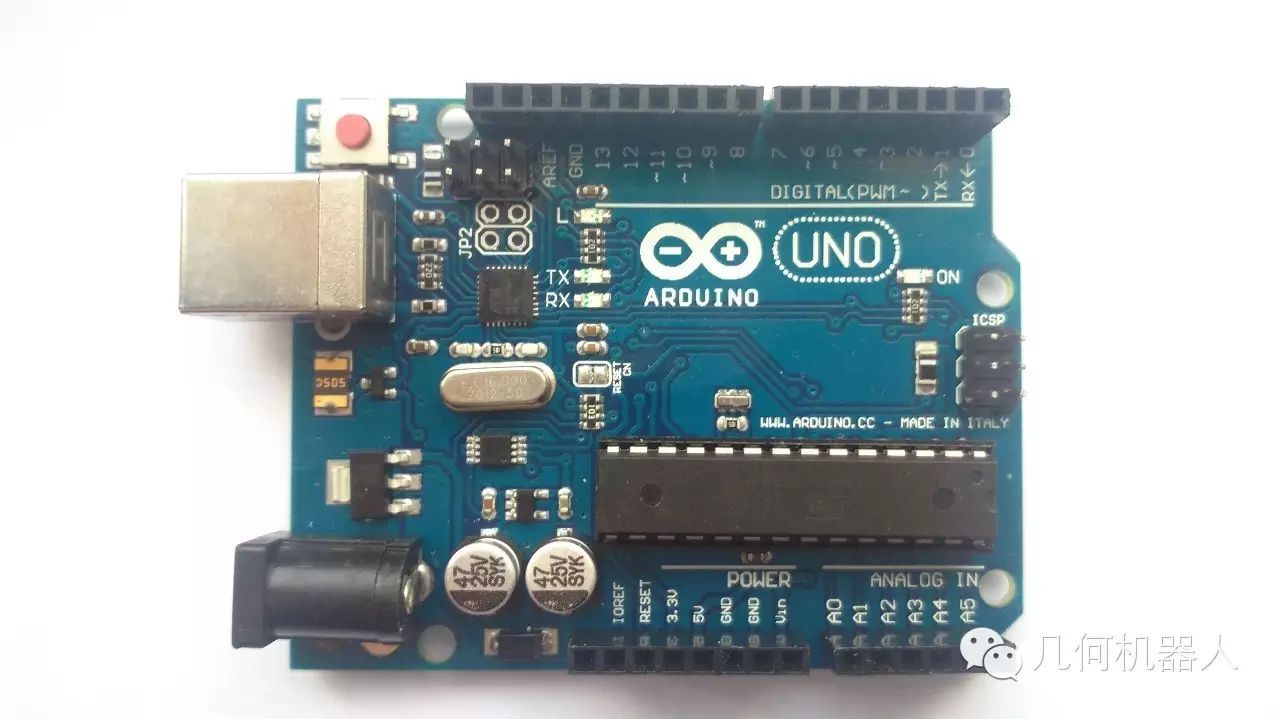
Figure 5—Arduino UNO
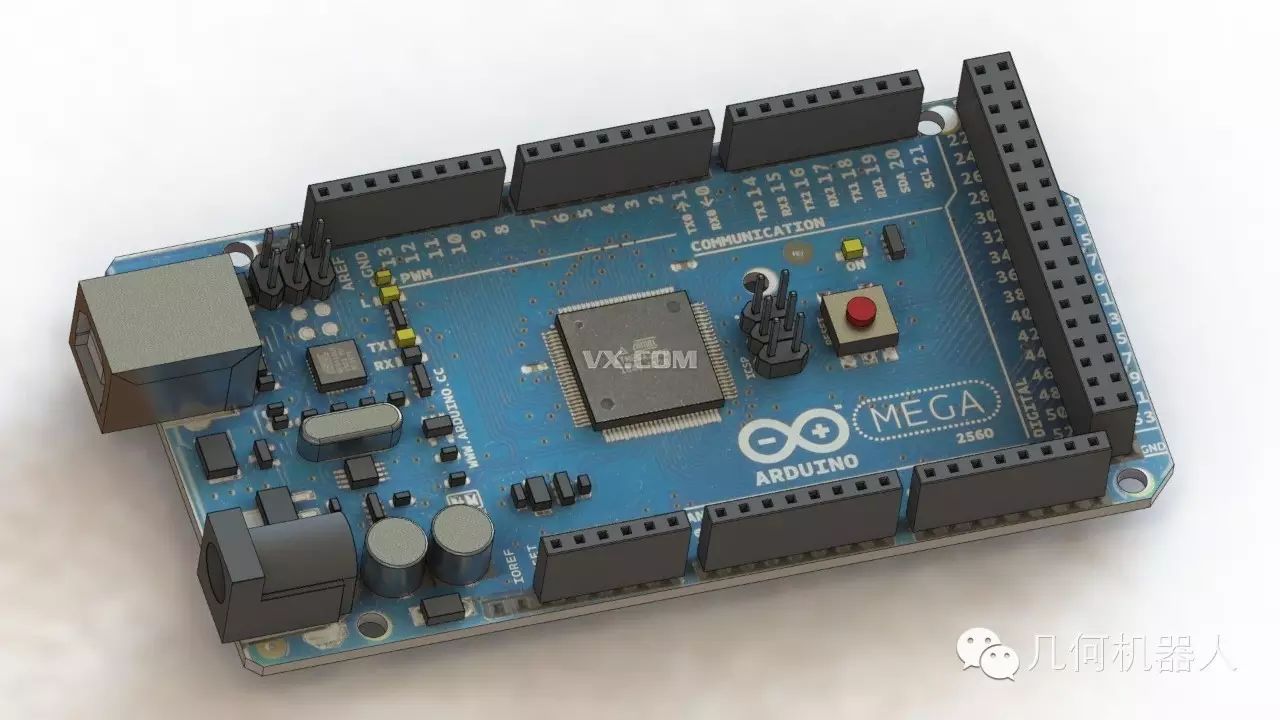
Figure 6—Arduino Mega 2560
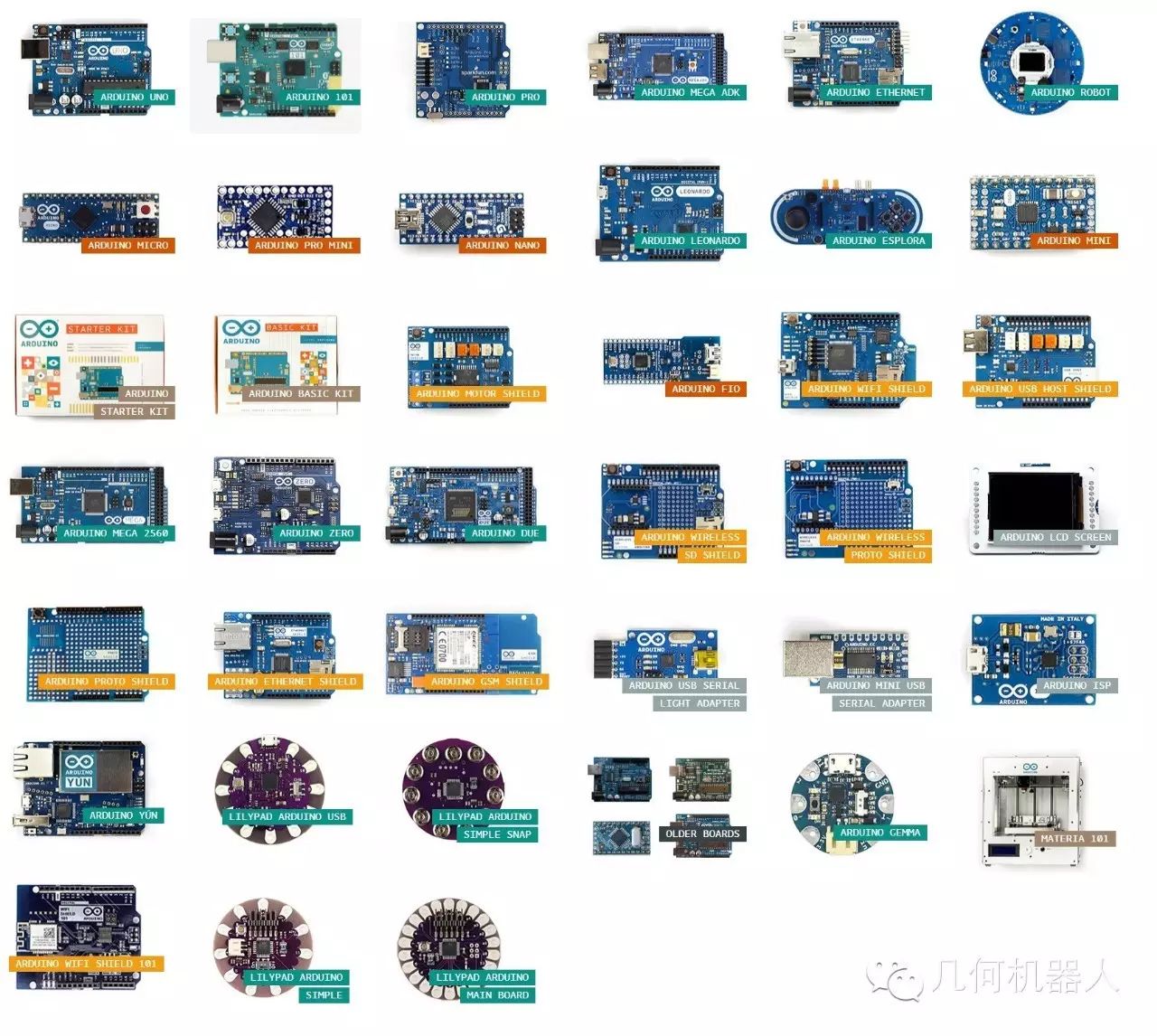
Figure 7—Arduino Product Family

Author: Ruan Qiang
Beijing Jiaotong University
Institute of Innovation and Robotics Laboratory
PhD Student
Geometric Robotics·All Rights Reserved
Personal forwarding and sharing are welcome. For publications, institutions, or other public accounts that need to reprint, please contact for authorization. Unauthorized reproduction will be pursued legally.
Contact and submission email:[email protected]”
